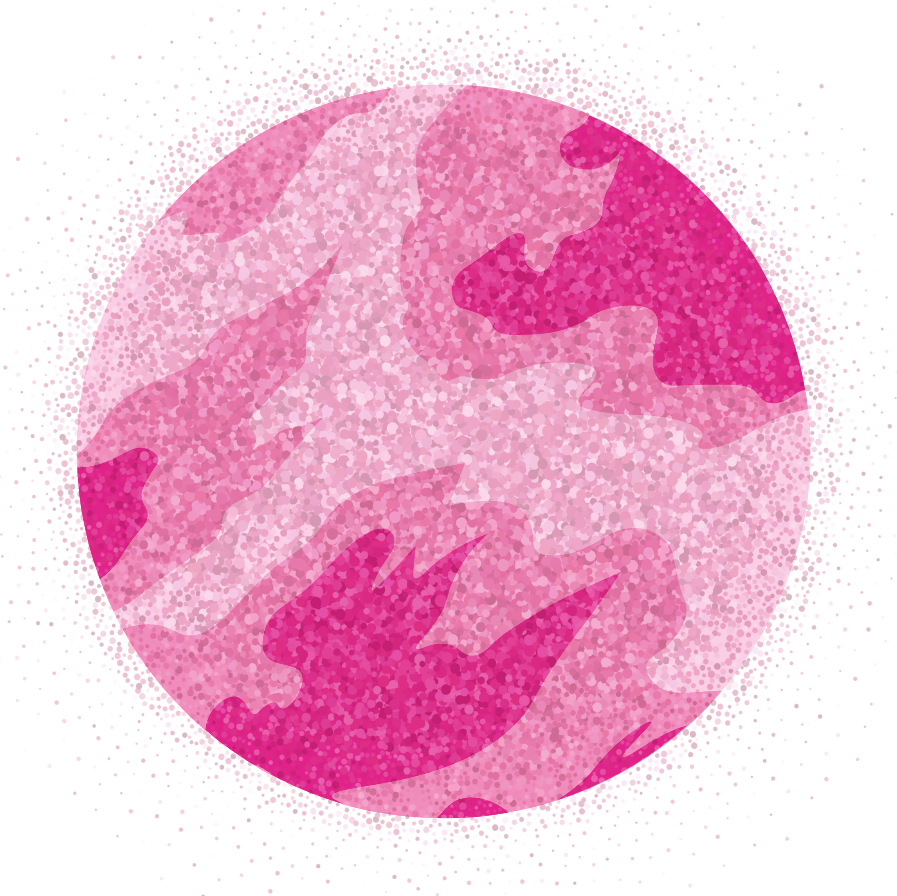
Proposal Defense
For a full summation of my work (both BARBIE and mentorship) up to April 2024, check out these slides.
PhD Astrobiologist & NASA Postdoctoral Program (NPP) Fellow

My research focuses on detecting and characterizing exoplanet atmospheres using nested sampling and retrievals.

One of the foundational goals of the Habitable Worlds Observatory (HWO) is detecting diagnostic spectral features in spectroscopic measurements of exoplanets using high-contrast imaging; it is also one of the first steps on the path to determining planet habitability for potentially Earth-like worlds as well as learning about the development of our Earth through time. Characterization of an exoplanet's atmosphere can provide vital information on the formation, history, and physical composition of the planet; for potentially habitable planets, we can search their atmospheres for biosignatures - [e.g., H2O, O2, and O3] - that can hint at the likelihood of clement conditions and biological activity (Kaltenegger et al. 2017, Schwieterman et al. 2018). With current advances in instrumentation and proposed future missions that will prioritize terrestrial exoplanet atmosphere characterization (Roberge et al. 2018, LUVOIR 2020), the ability to find a habitable Earth-twin is becoming realistic, assuming achievement of the proper signal-to-noise (SNR) and presence of sufficient molecular abundance.
A holistic understanding of biosignature detection and necessary SNR for detection is crucial to establishing an efficient observing procedure and driving instrument development for HWO.
In the BARBIE project, we constrain the detectability of molecular biosignatures of interest, such as H2O, O2, and O3, in the spectra of Earth-like exoplanets as a function of observational SNR, central bandpass wavelength, and bandpass percent width using Bayesian retrievals, in order to optimize exoplanet characterization observations with the HWO based on the compositional mixture of a oxygen-rich planet. Bayesian retrievals allow us to more finely understand the probability of the presence of biosignatures in an atmosphere, with the likelihood calculations specifically investigating the presence of a molecule. These results are shown in the figures below, which detail the regions where dual or triple molecular detection is possible as a function of wavelength and SNR. We used a framework and pre-computed grid of 1.4 million geometric albedo spectra by Susemiehl et al. 2023 (hereafter S23) to perform our Bayesian retrievals and reduce runtimes significantly. We also use Gridder, a newly-developed generalized grid-building scheme based on the methodology of S23 to build a new set of spectral grids, hereafter the KEN grids (no acronym; they’re just Ken :) ), with a far wider wavelength range from the UV to NIR and newly added parameters.
This allows us to investigate varying atmospheric compositions beyond O2-dominated atmospheres, such as CH4 or CO2 dominated, to develop observational procedures for multiple planetary archetypes through wavelength, bandpass width, and SNR.
How can we apply BARBIE to understand exoplanet yields?
A primary scientific goal of HWO is the detection and characterization of at least 25 potentially Earth-like planets. Exoplanet yield calculations, like the Altruistic Yield Optimization (AYO) code discussed in Stark et al. 2019, estimate the number of exoplanets characterizable with a given mission and can therefore help guide telescope and mission design trades. Crucially, the exposure times required to detect key molecular species in an exoEarth’s spectrum can be very long (potentially weeks), and it is therefore critical that we understand how to achieve our required science while minimizing these times by studying efficient observing strategies that can guide mission design. We input the results of the BARBIE study into the AYO code to show that the optimal bandpasses for biosignature can vary significantly with mission performance parameters (Stark et al. 2024). The bandwidth of coronagraphs can be quite narrow, such that achieving adequate wavelength coverage may require multiple simultaneous coronagraph channels, which would have significant design implications for HWO’s instrumentation.